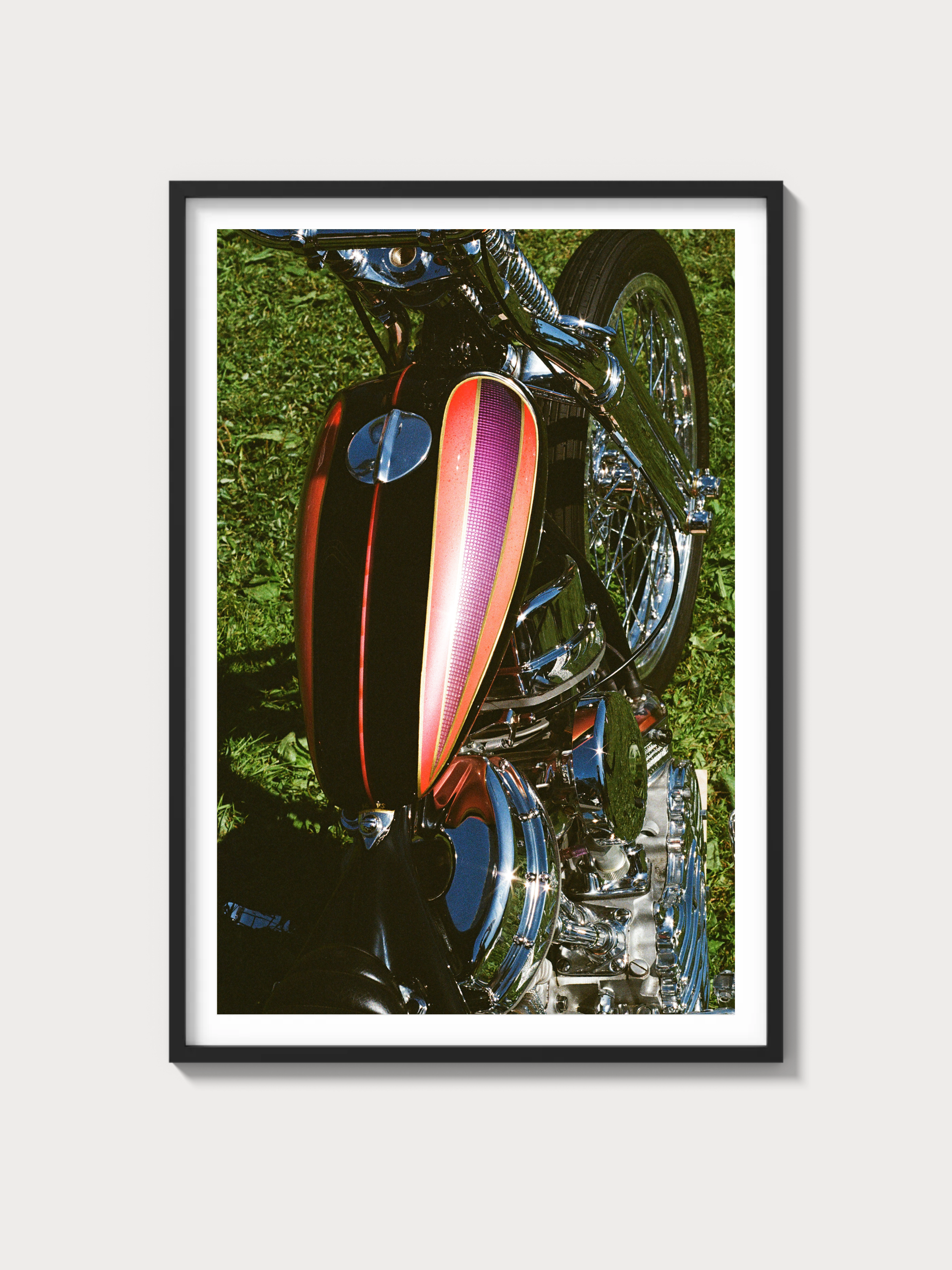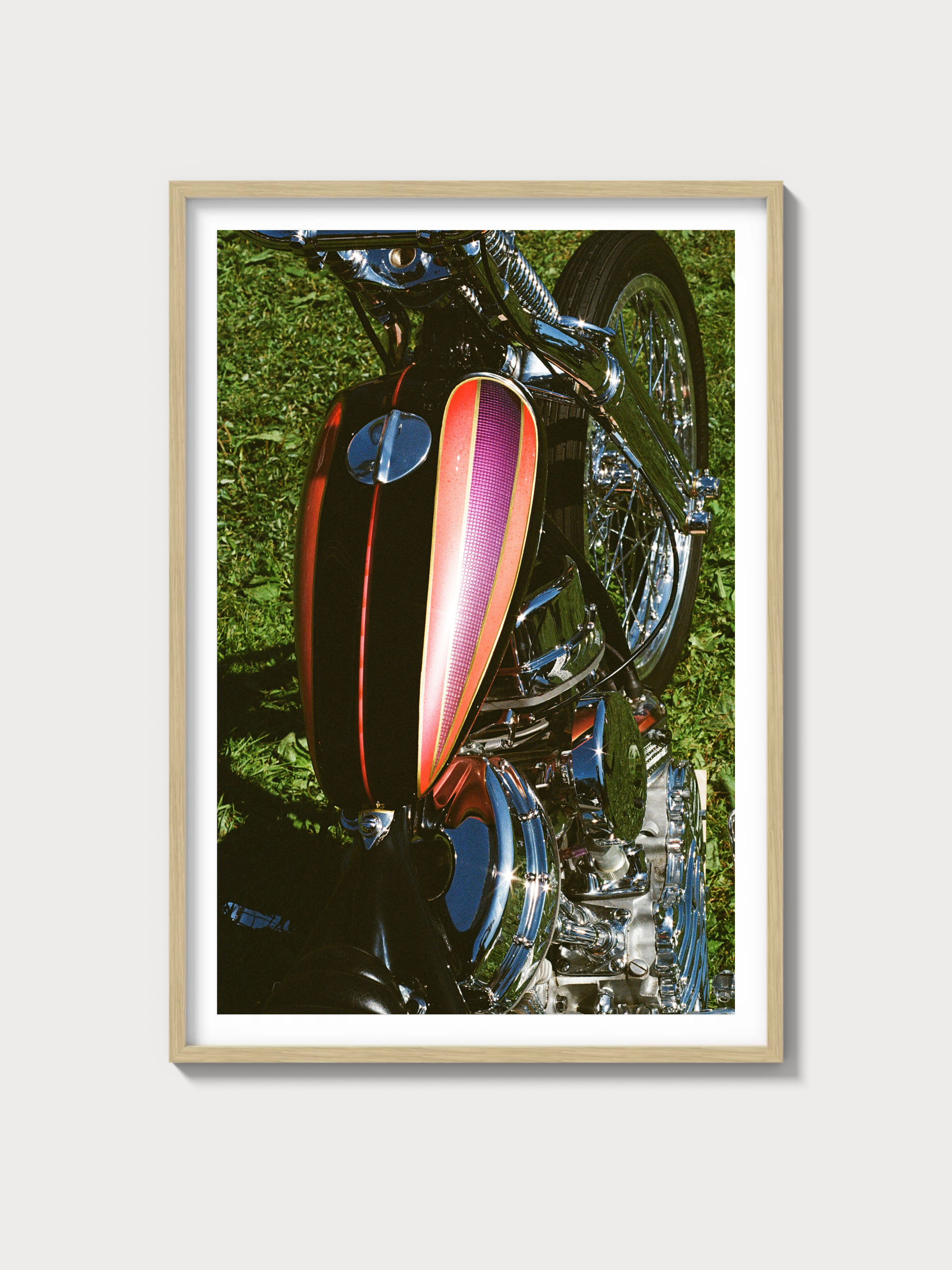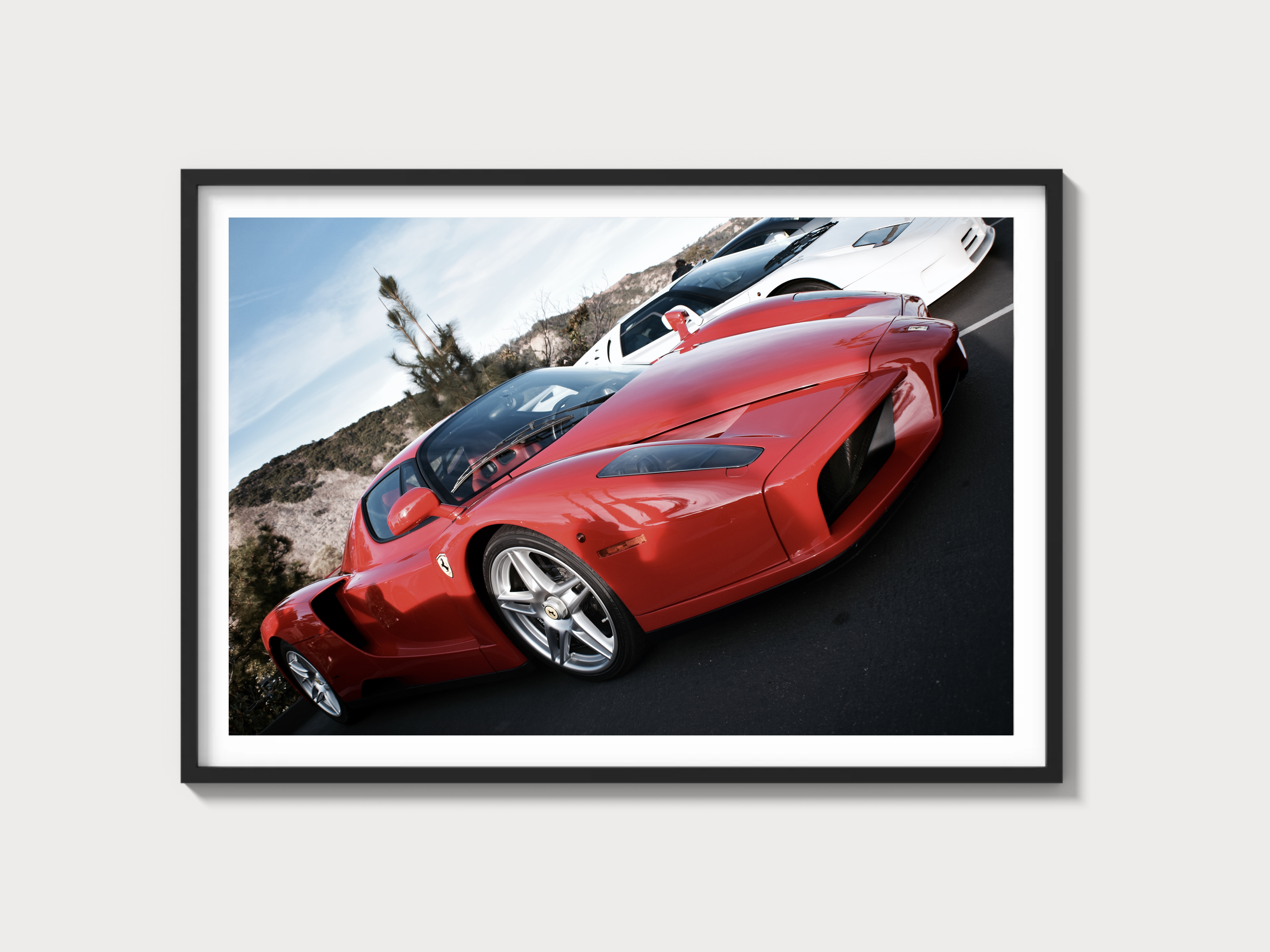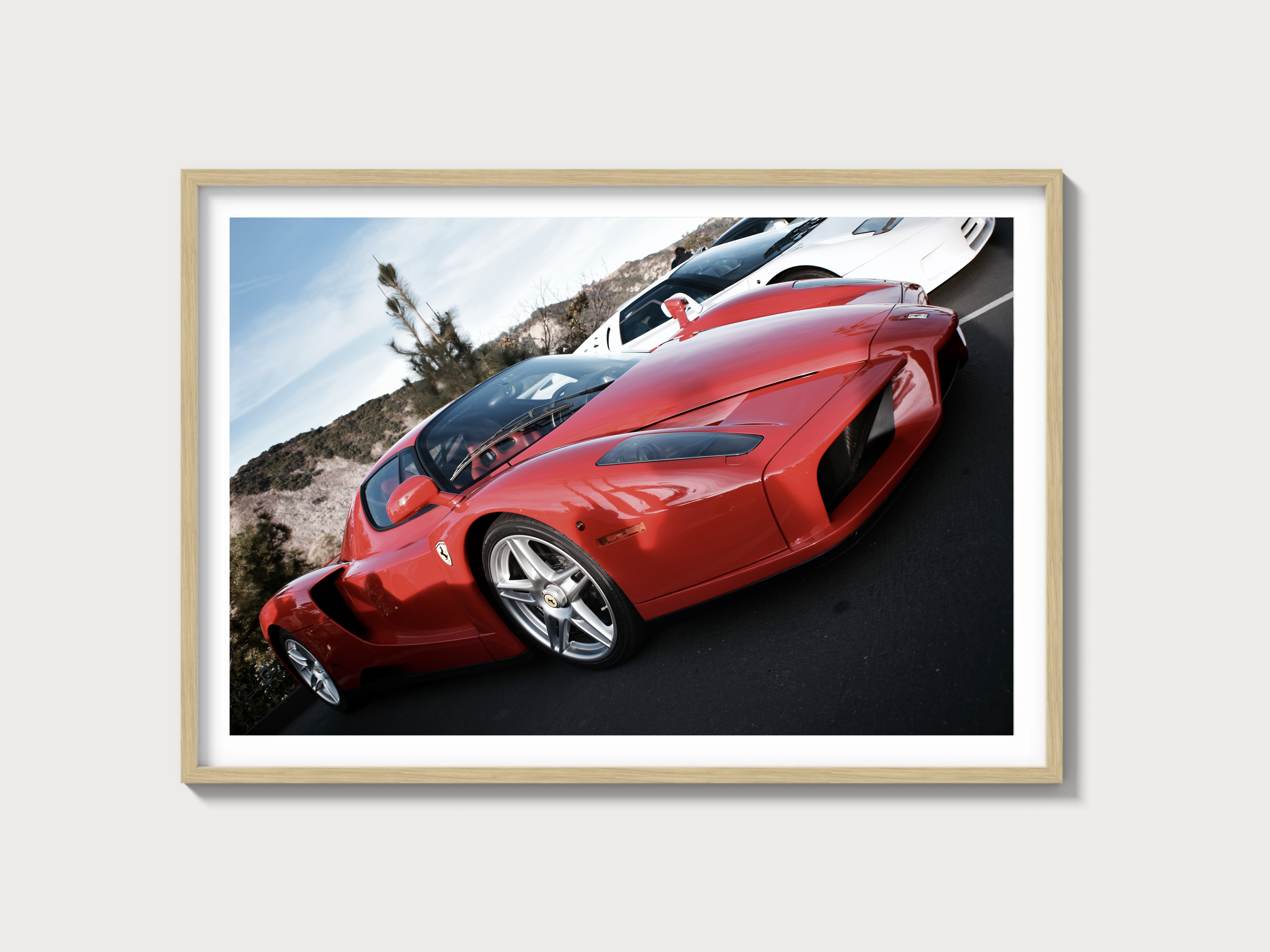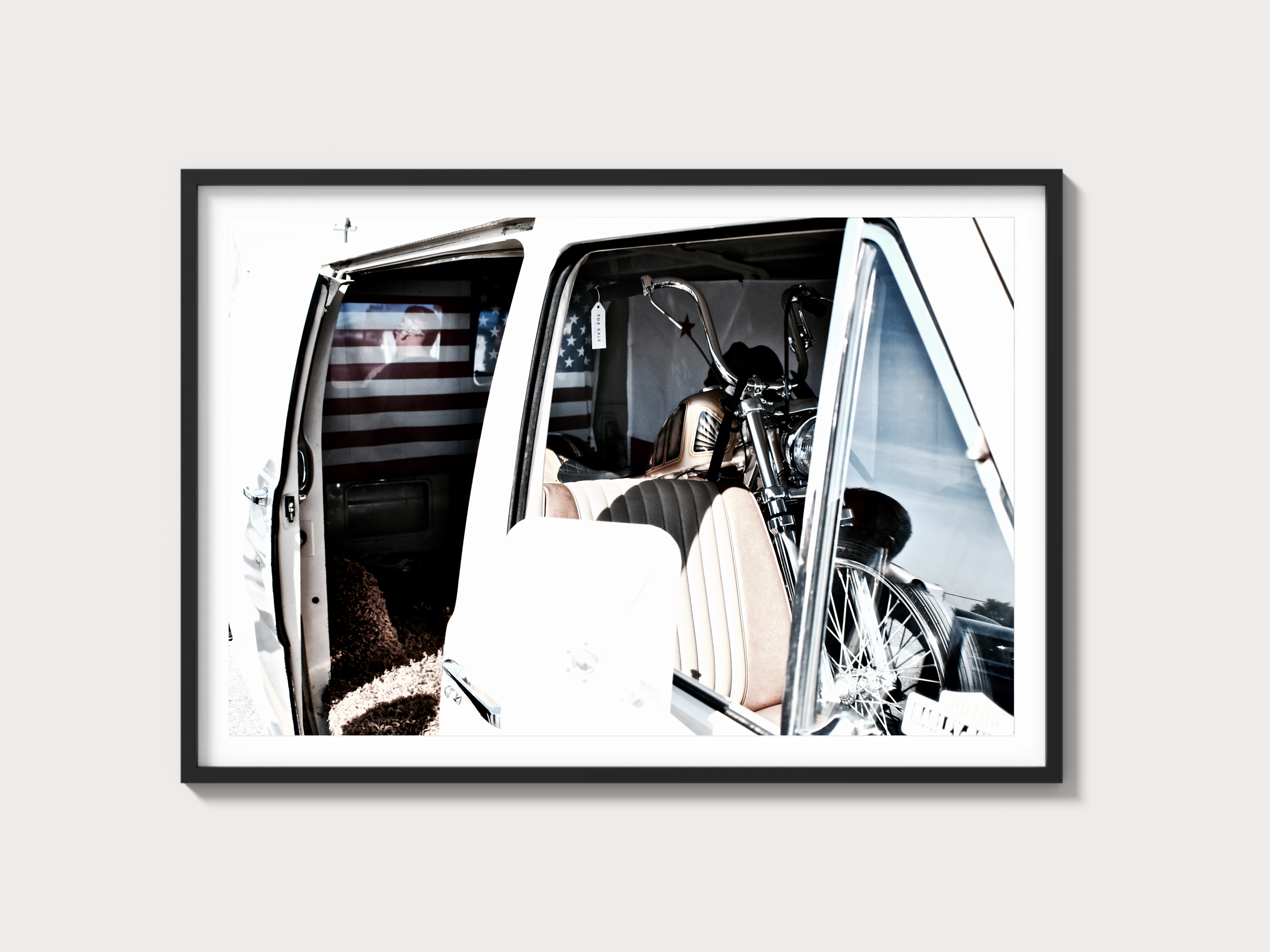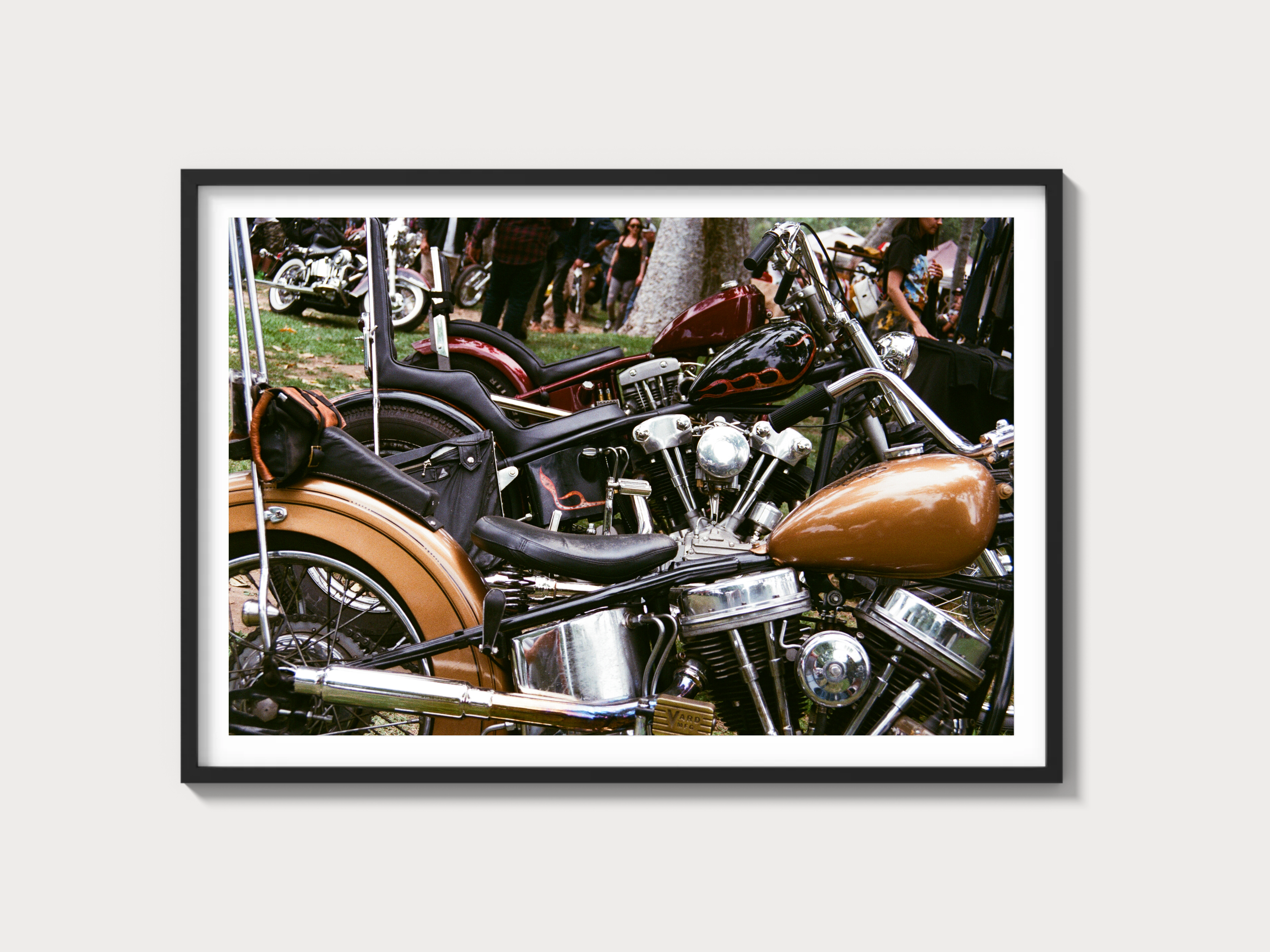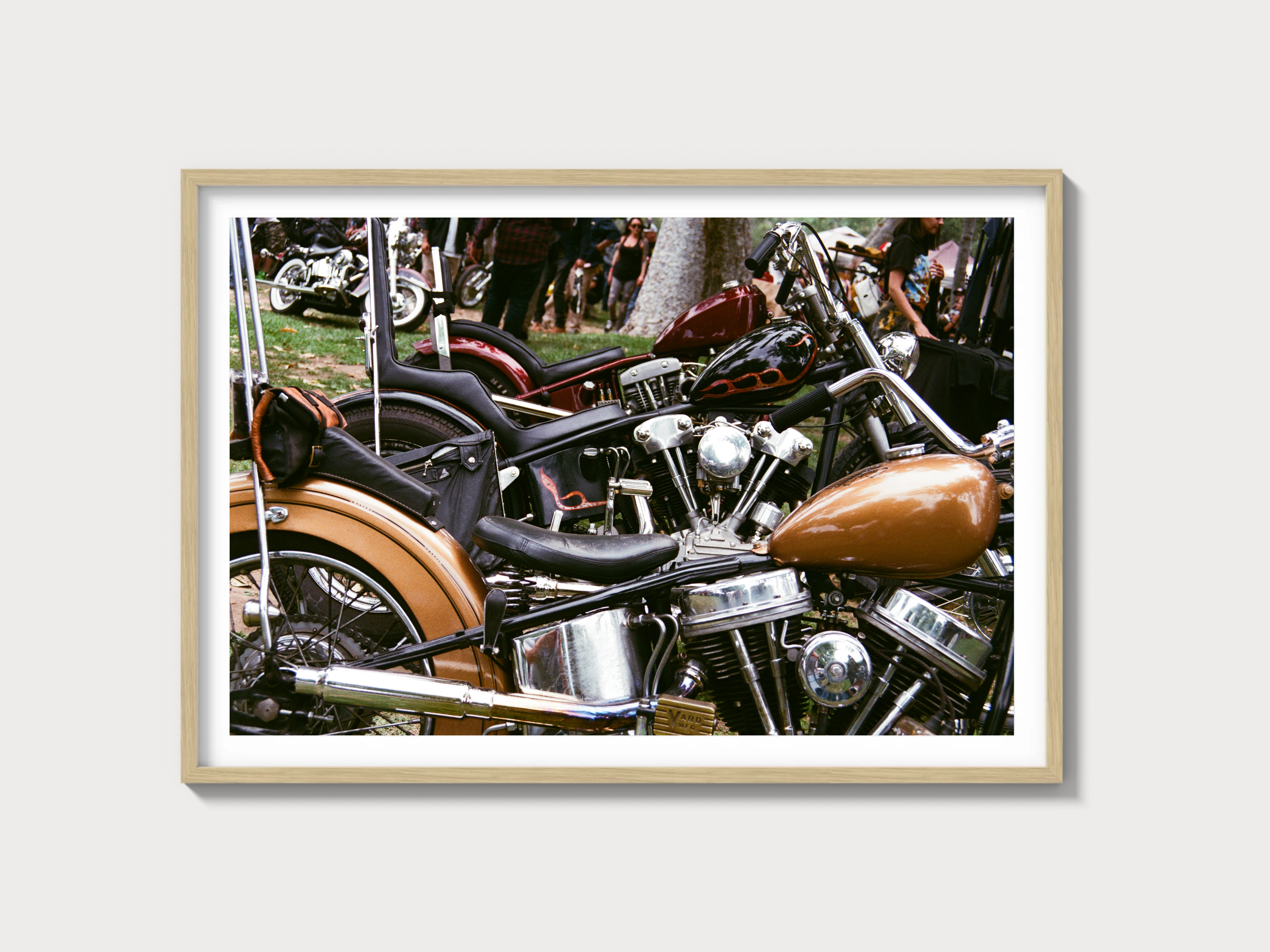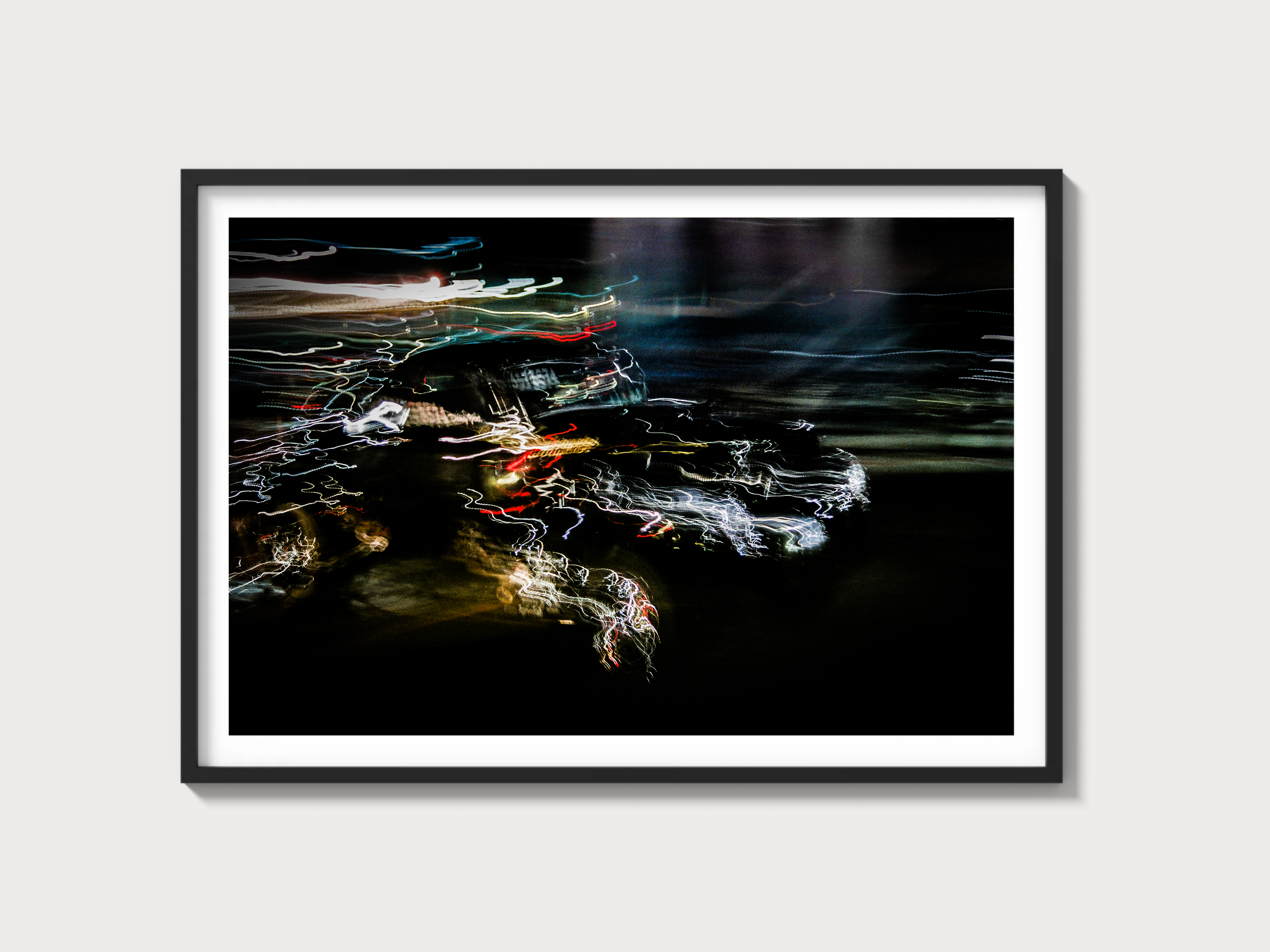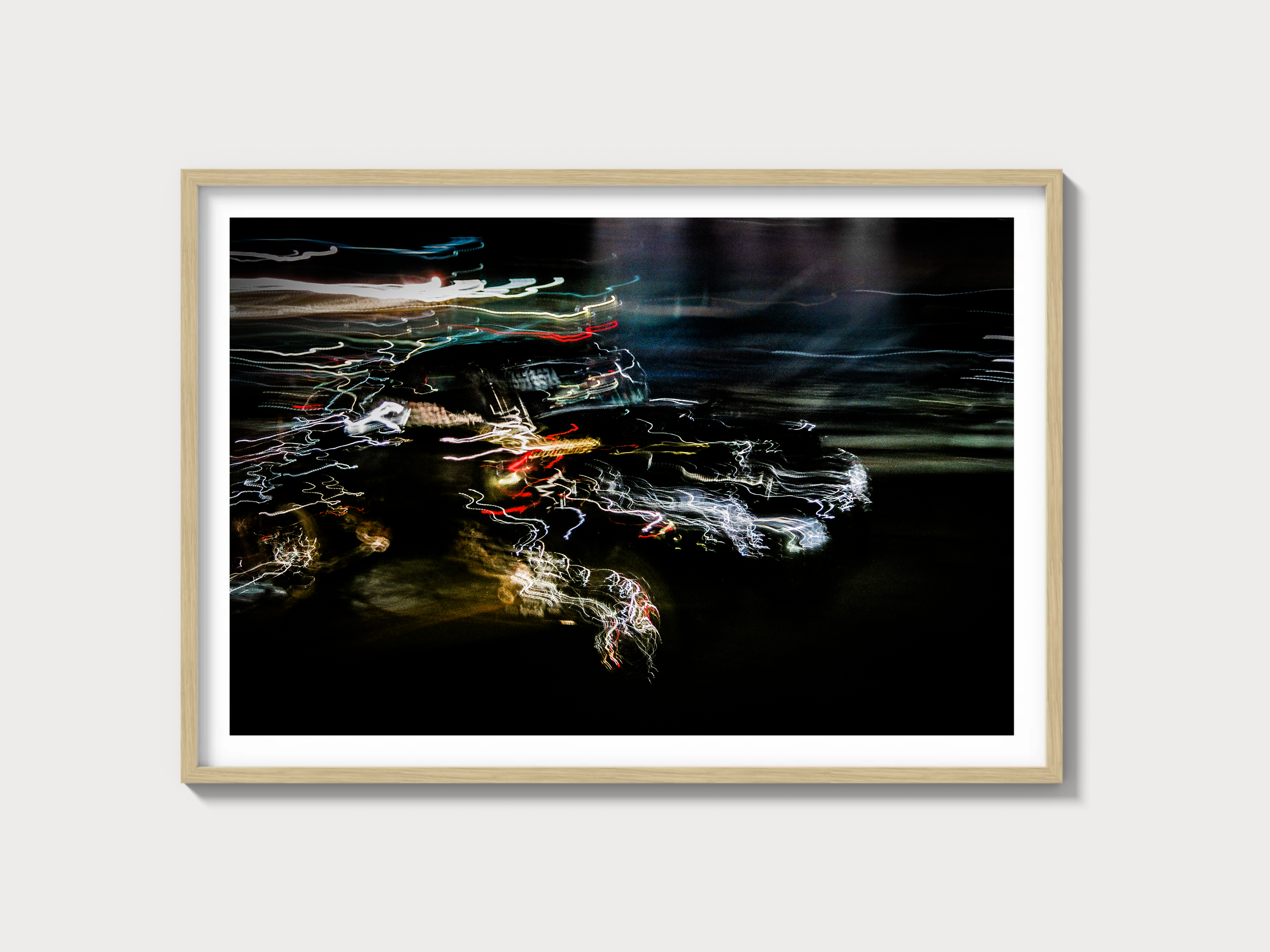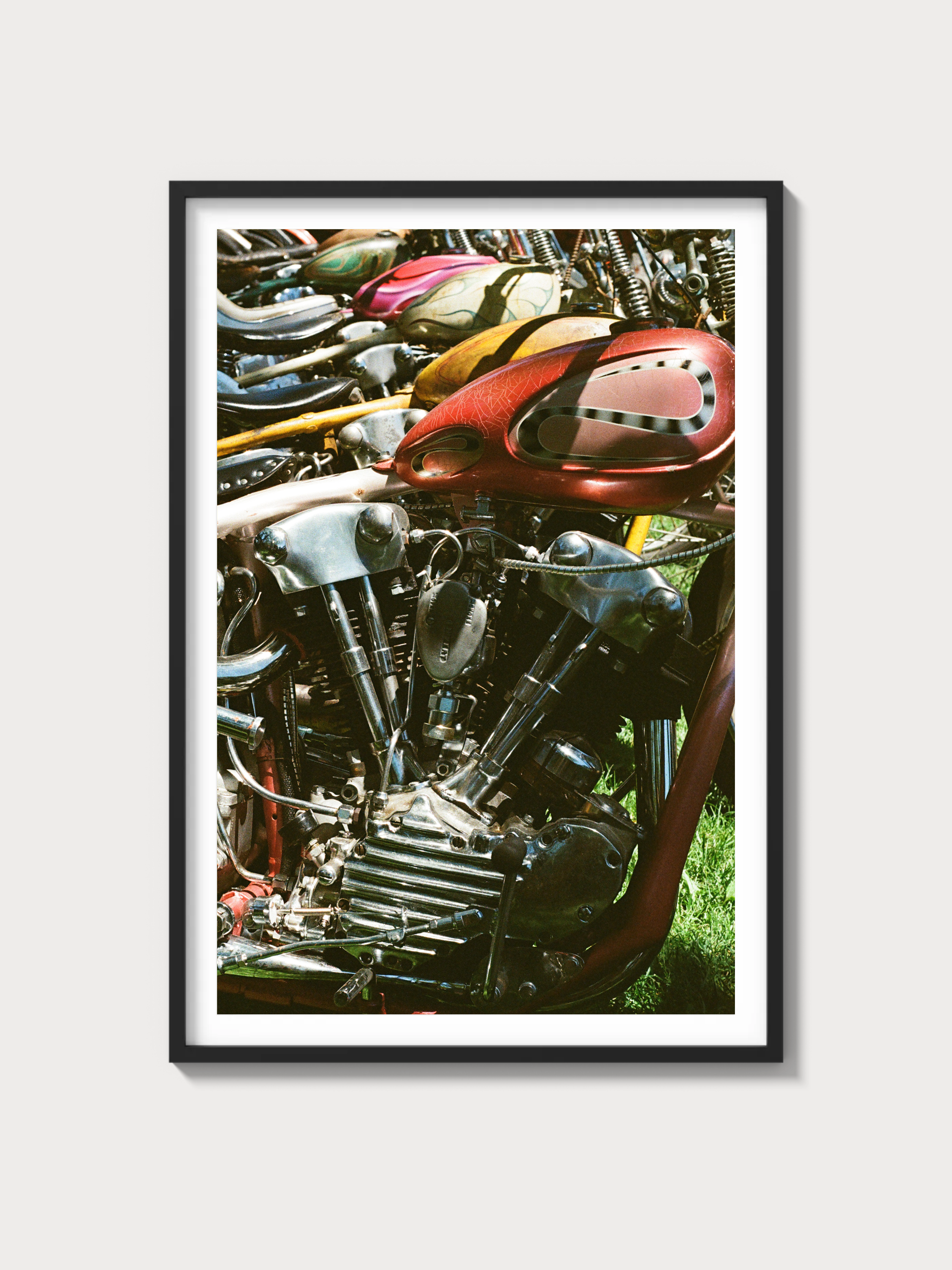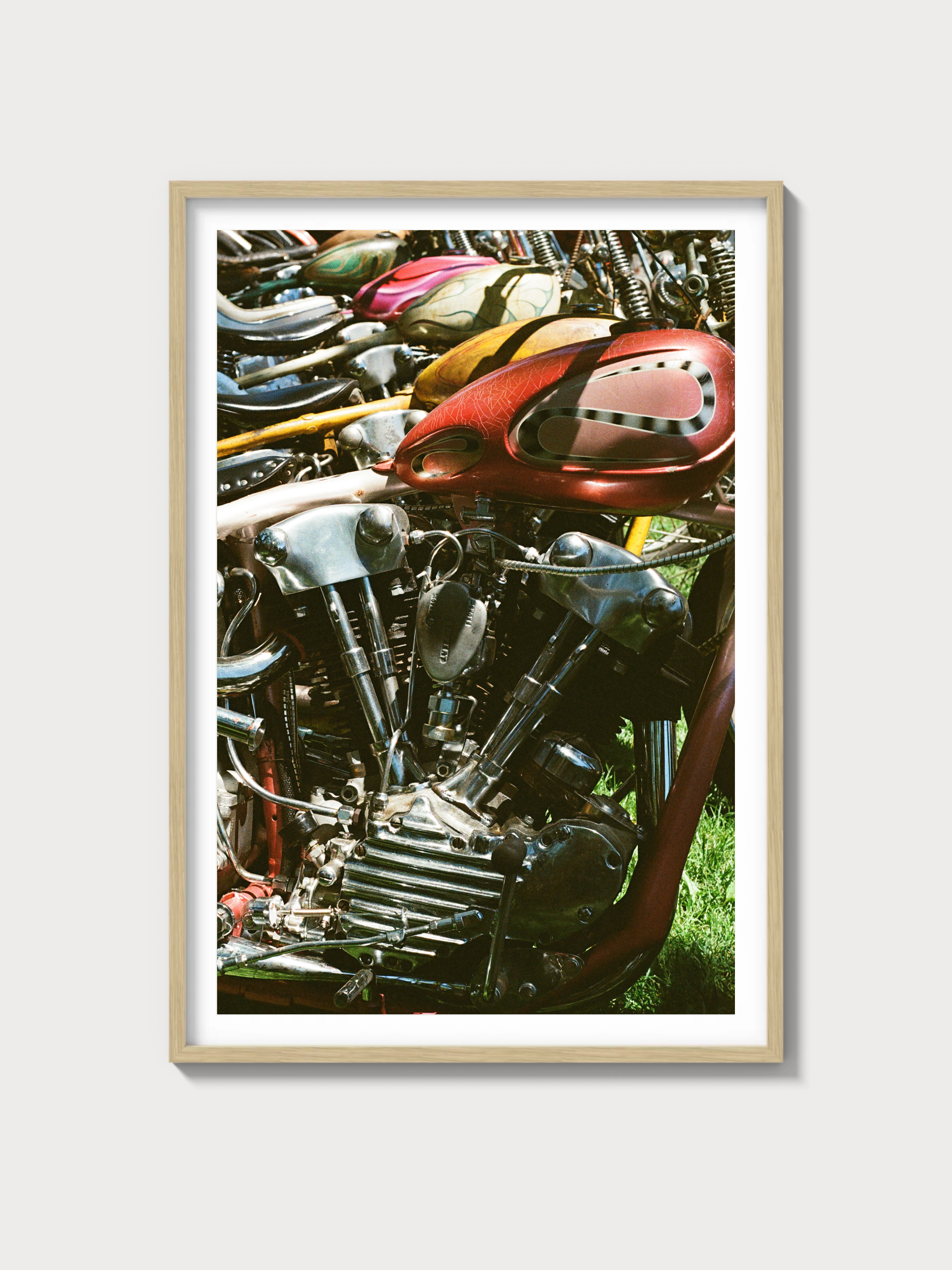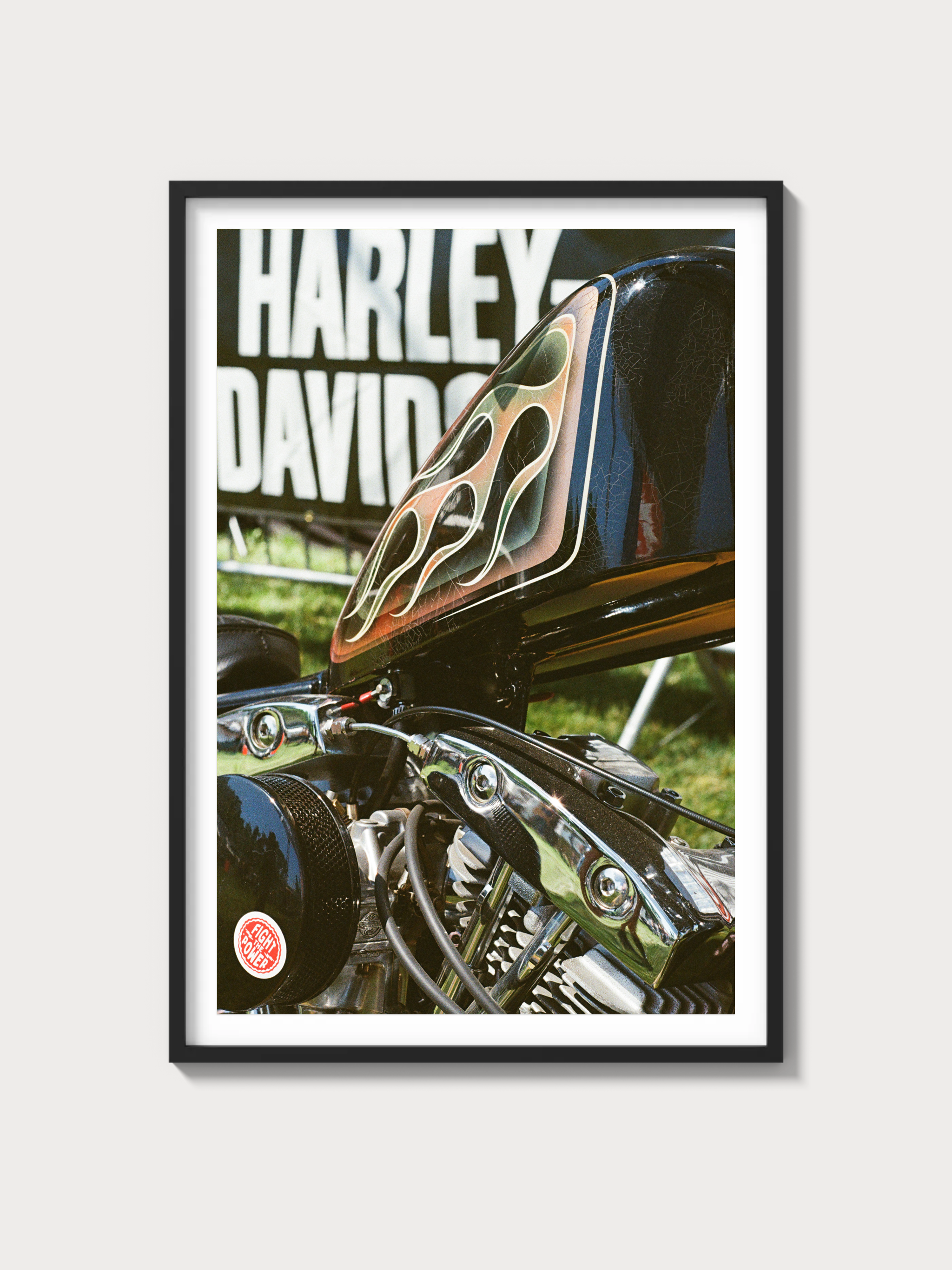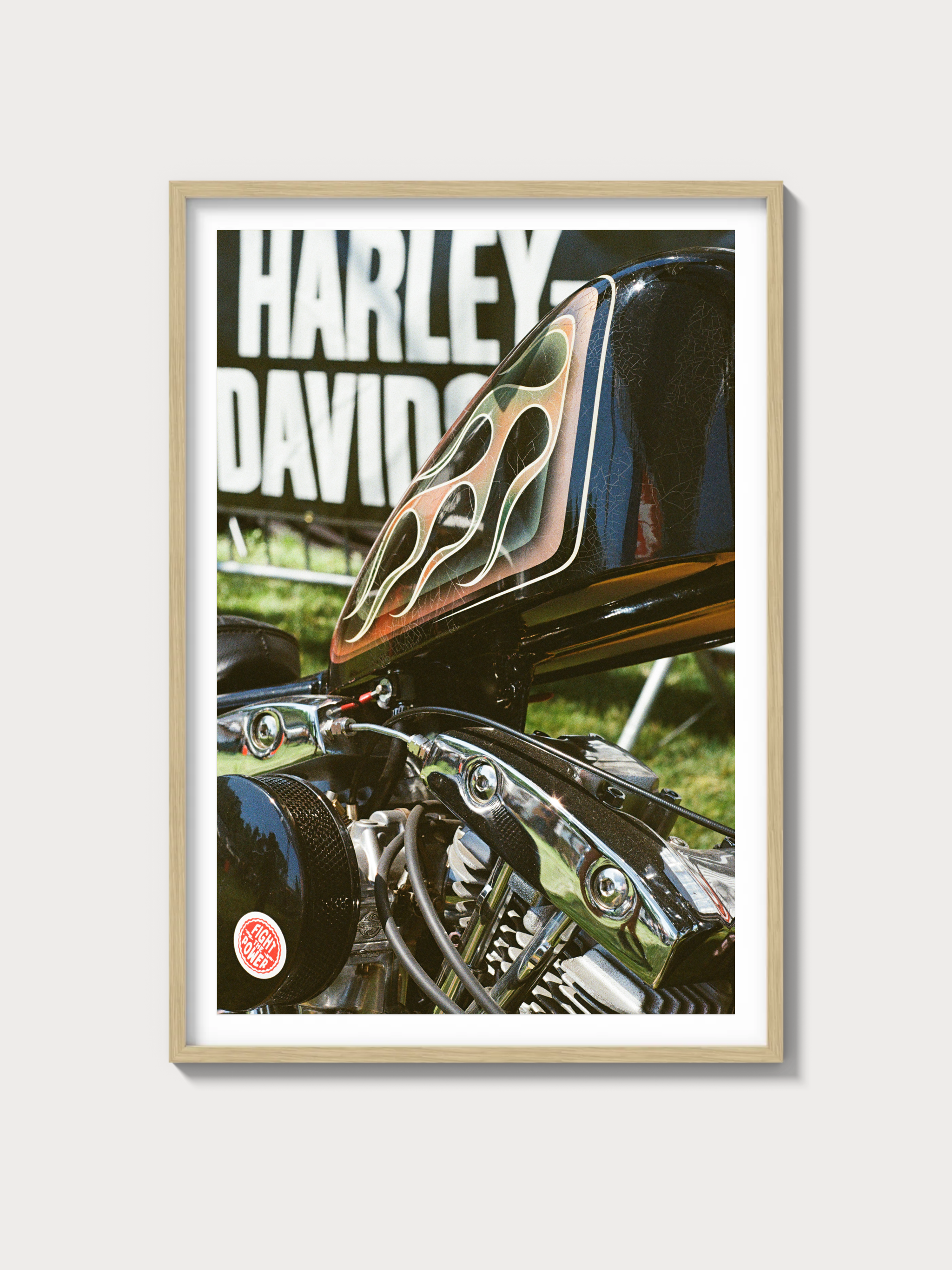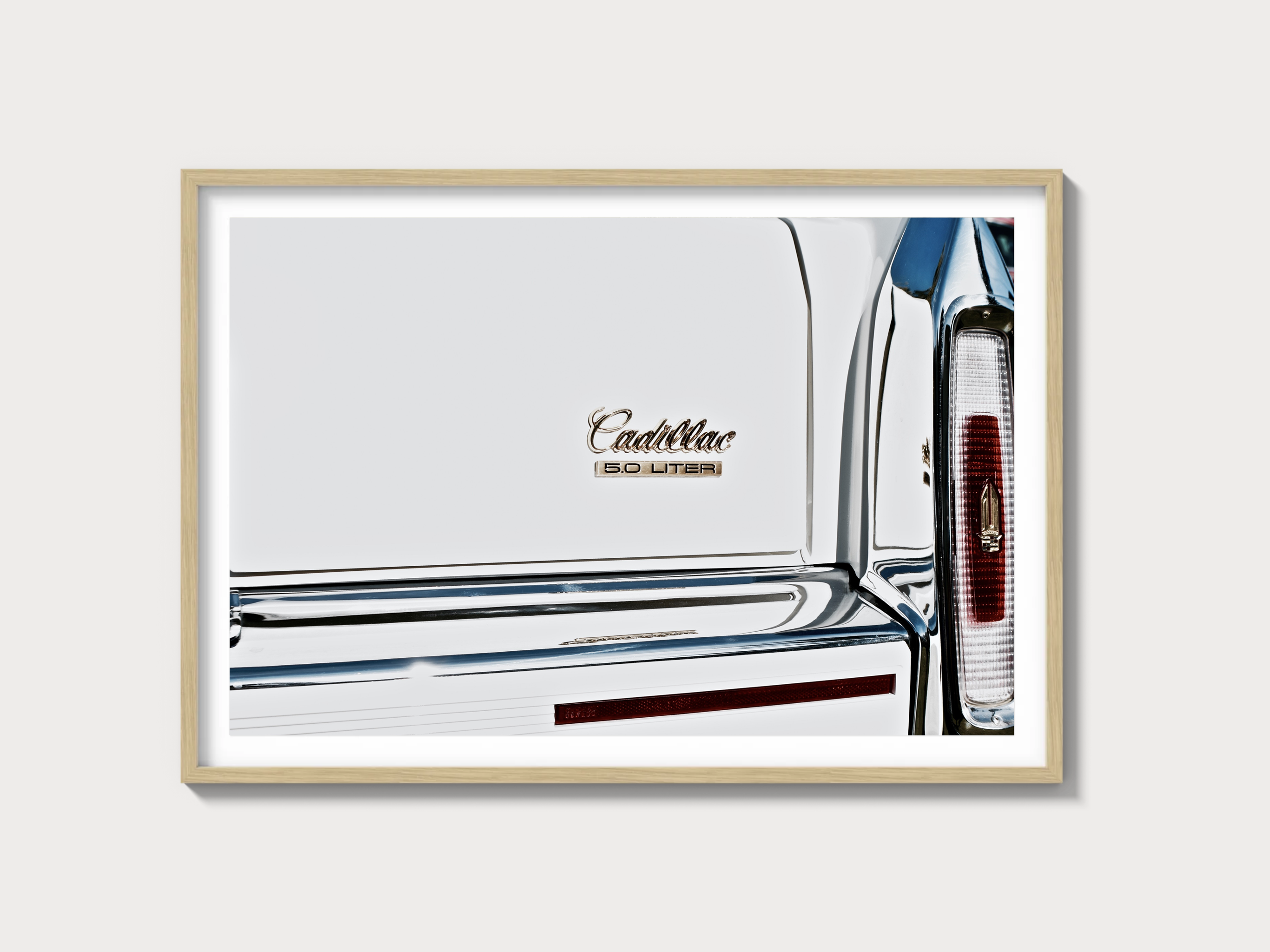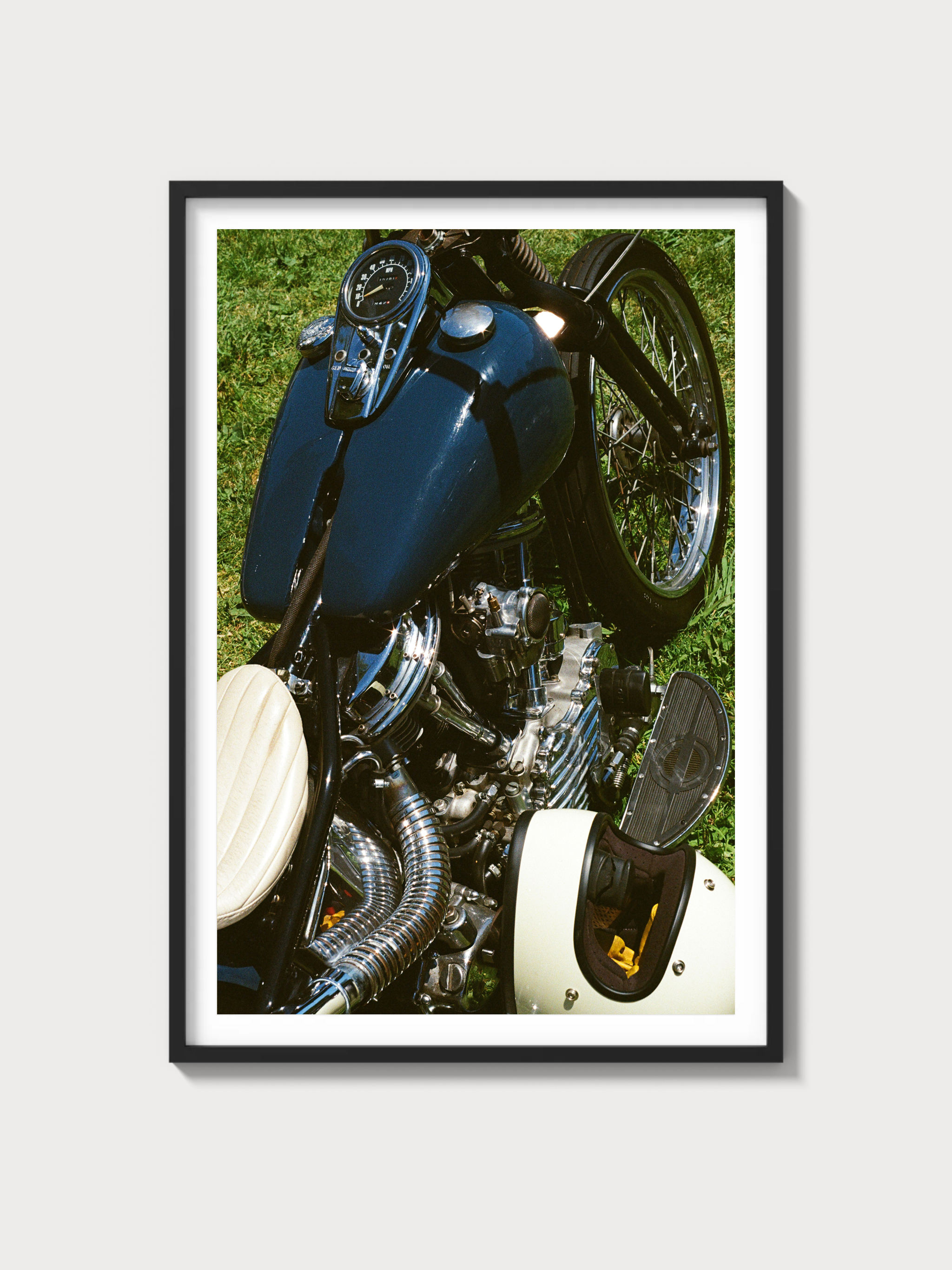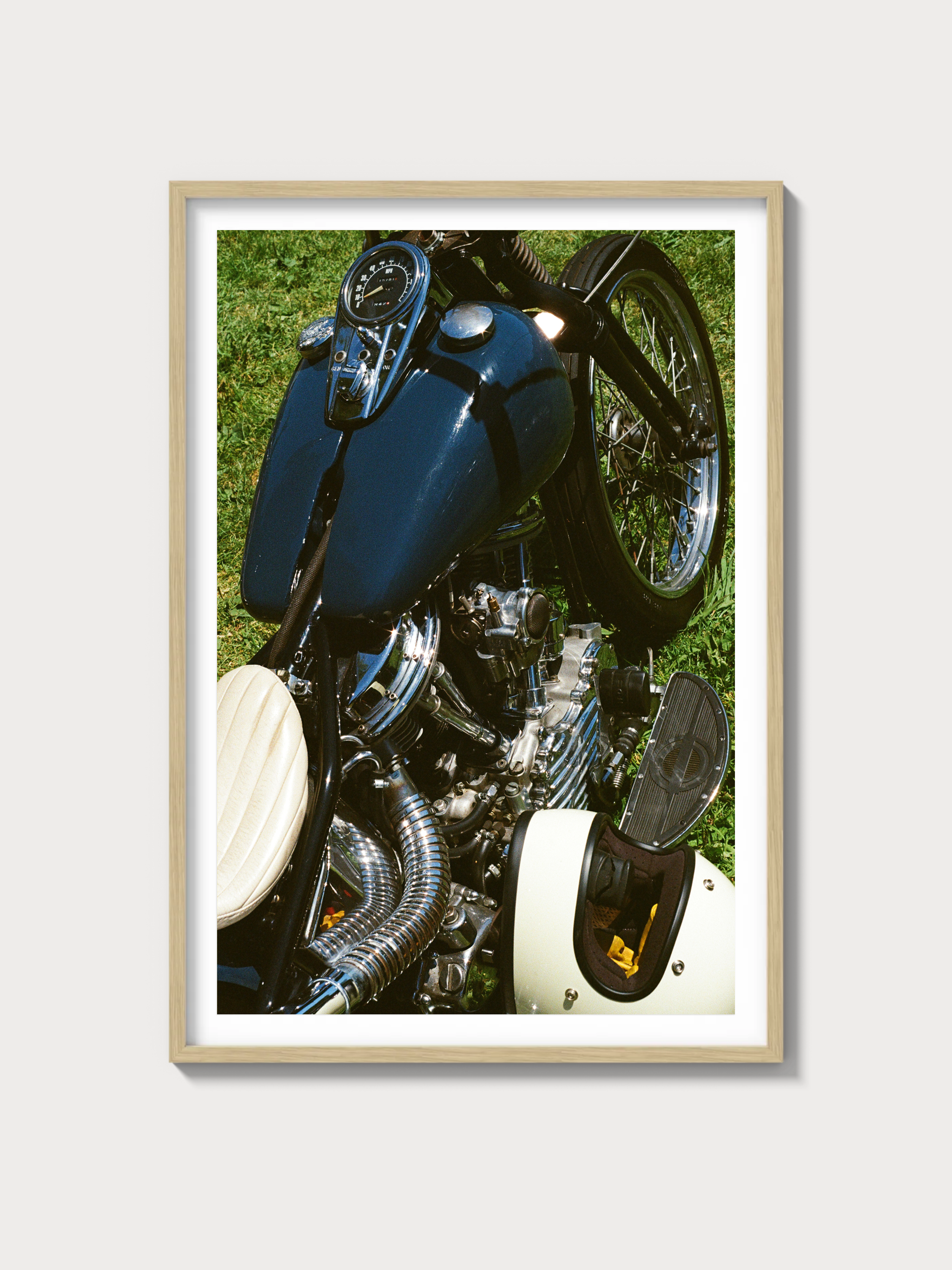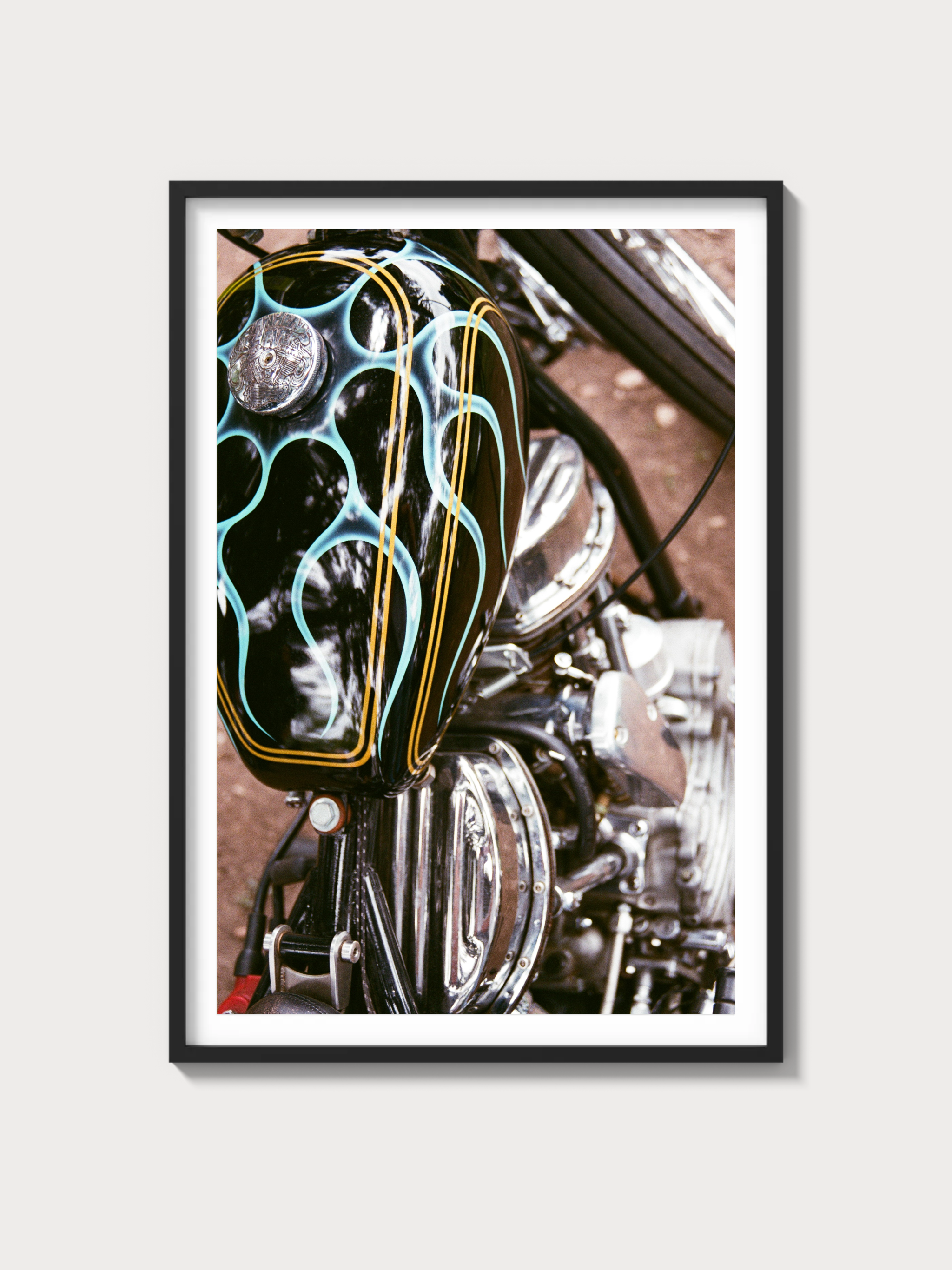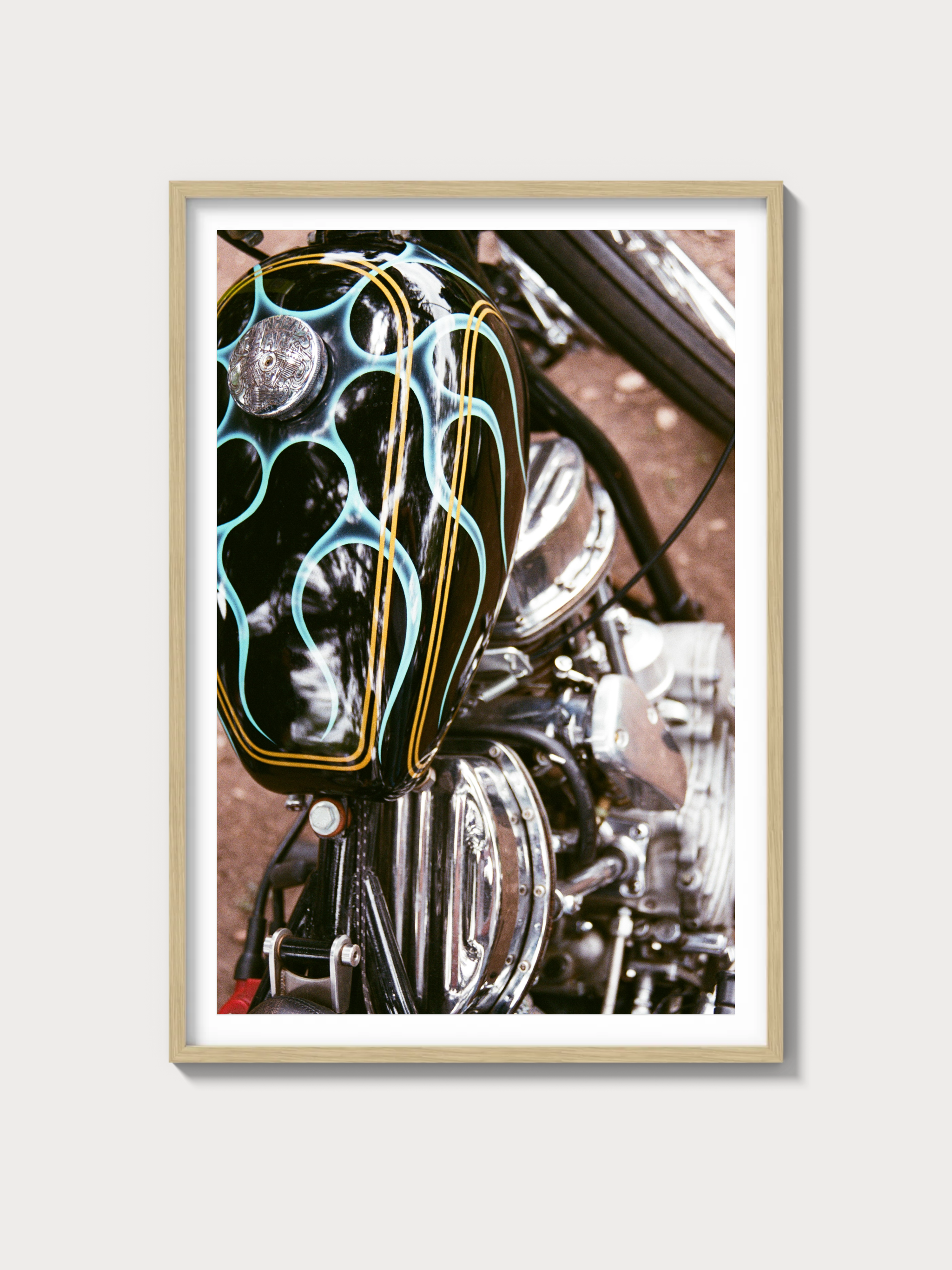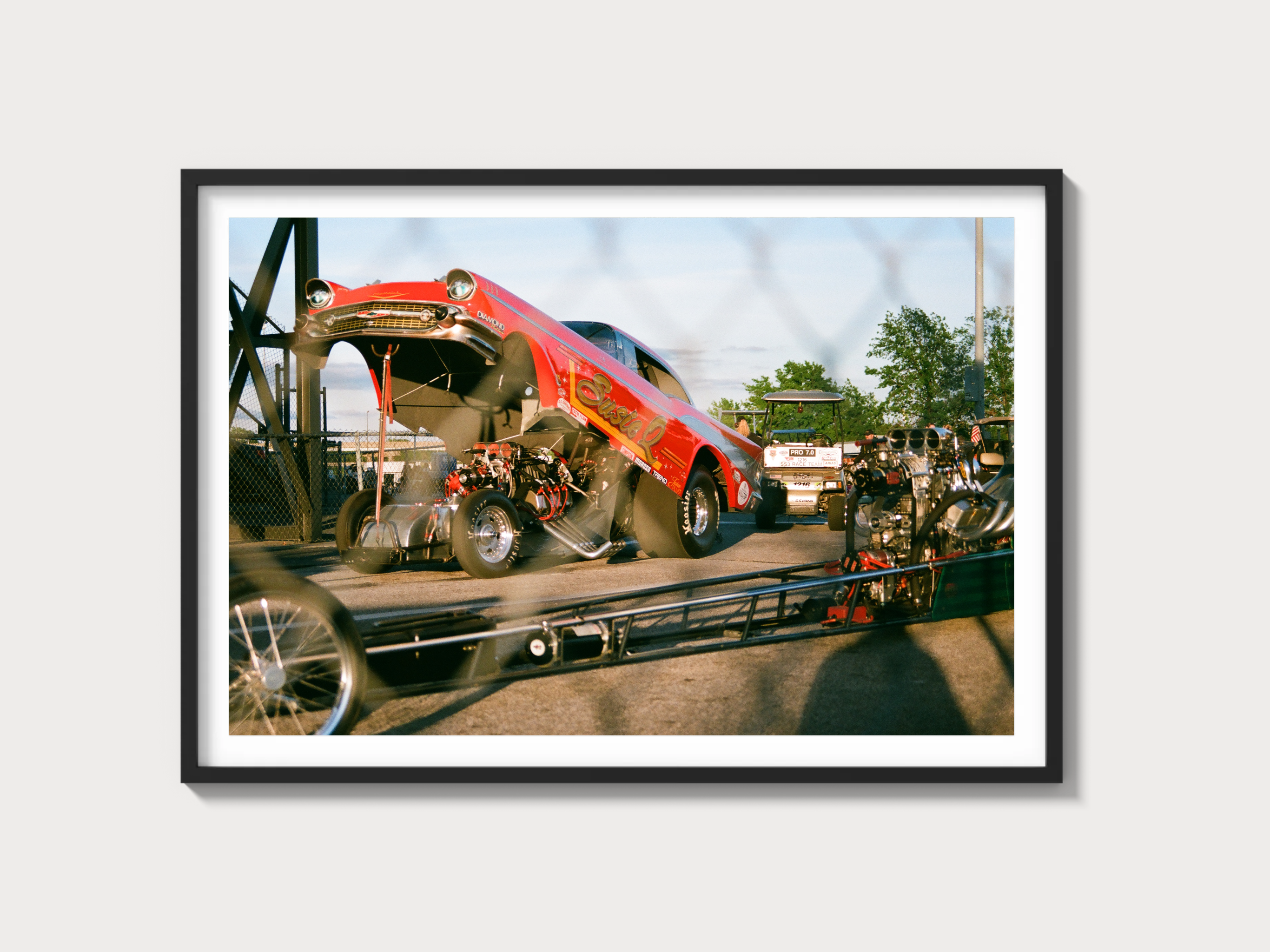1993–2002 Chevrolet Camaro Base (Fourth Generation): History, Specs, and Buyer Intelligence
Historical context and development background
Chevrolet’s fourth-generation Camaro arrived for the 1993 model year riding on a heavily reworked F-body platform with the engine still up front, the driven wheels still at the rear, and a silhouette that modernized the familiar long-hood/short-deck pony-car template. Beneath its dramatic styling, the car moved to a more sophisticated front suspension and a stiffer structure, while retaining the simple, robust live rear axle layout that made F-bodies cost-effective to build and tune.
The Base trim—positioned below the Z28 and later SS—was conceived as an attainable gateway to the Camaro family. Early cars used the 60-degree L32 3.4-liter V6, replaced mid-cycle by the 90-degree Series II L36 3.8-liter V6. The swap transformed the car’s real-world pace and tractability without altering the fundamental value proposition. The program’s corporate marching orders were clear: keep the entry model accessible, insurance-friendly, and easy to live with, while reserving the V8 theatrics for higher trims.
Design-wise, the 1993–1997 cars wear the original fourth-gen nose with faired-in headlamps; a facelift in 1998 sharpened the front end with composite headlamps and revised bumpers. Convertibles were added by ASC in 1994. In motorsport, the fourth-gen Camaro body style became a familiar sight in SCCA Trans-Am and other silhouette series—programs centered on V8 machinery, but which nonetheless amplified the street car’s profile. On the road, the Camaro’s primary rival throughout this period was Ford’s SN95 Mustang, particularly its V6 trims, while the Pontiac Firebird served as the Camaro’s F-body twin with different skins and market flavor.
Engine and technical specifications
Two distinct V6 engines define the Base model’s life cycle. The early L32 3.4-liter is competent and economical; the Series II 3.8-liter (L36) is the one that finally gave the entry Camaro the urge to match its looks.
| Engine (RPO) | Configuration | Displacement | Horsepower | Induction | Redline | Fuel system | Compression | Bore/Stroke |
|---|---|---|---|---|---|---|---|---|
| L32 3.4L V6 (1993–1995) | 60° OHV V6, iron block/aluminum heads | 3,350 cc (3.4 L) | 160 hp @ 4,600 rpm; 200 lb-ft @ 3,600 rpm | Naturally aspirated | ~5,800 rpm | Sequential multi-port fuel injection (SFI) | ~9.0:1 | 92.0 mm × 85.0 mm (3.62 in × 3.35 in) |
| L36 3.8L V6 Series II (1996–2002) | 90° OHV V6, iron block/aluminum heads | 3,791 cc (3.8 L) | 200 hp @ 5,200 rpm; 225 lb-ft @ 4,000 rpm | Naturally aspirated | ~6,000 rpm | Sequential multi-port fuel injection (SFI) | ~9.4:1 | 96.5 mm × 86.4 mm (3.80 in × 3.40 in) |
Transmissions included a 5-speed manual (Borg-Warner/Tremec T-5) and the electronically controlled 4L60-E 4-speed automatic. The front suspension is a short/long-arm (double-wishbone) arrangement with coil springs and an anti-roll bar; the rear remains a live axle located by a torque-arm, twin lower trailing links, and a Panhard rod. Power steering is hydraulic rack-and-pinion.
Driving experience and handling dynamics
Base-model fourth-gens are honest, mechanically straightforward cars with a surprising degree of chassis fidelity for their price point. Steering is light at parking speeds, yet it weights up predictably and delivers unfussy on-center tracking on the highway. The double-wishbone front end resists camber loss better than the earlier MacPherson-strut cars, so the chassis takes a set cleanly and holds it, even on all-season rubber.
The 3.4-liter cars require more commitment; you work the gearbox to keep them in the meat of their modest torque band, and the automatic’s tall gearing can blunt response. The 3.8-liter cars are a different story: that engine is tractable, with a broad plateau of torque that makes urban driving relaxed and on-ramps brisk. Throttle response in either is filtered by long throttle cables and conservative mapping, but the V6’s pushrod character—grunt down low, no theatrics up high—suits the car’s mission.
Ride quality is firmer than the spec sheet suggests. Over broken pavement, the live axle will remind you what’s out back, but body motions are well controlled, and the platform is happy to hustle on a back road. The base brake hardware is adequate; early cars commonly paired ventilated front discs with rear drums, while later models gained four-wheel discs. Sticky tires and fresh pads do wonders for confidence.
Full performance specifications
| Specification | 3.4L V6 (1993–1995) | 3.8L V6 (1996–2002) |
|---|---|---|
| 0–60 mph | ~8.5–9.0 sec (manual faster than auto) | ~7.3–7.8 sec (manual faster than auto) |
| Quarter-mile | ~16.5–17.0 sec @ ~83–85 mph | ~15.5–16.0 sec @ ~88–90 mph |
| Top speed | Approximately 115–118 mph (factory-limited/tires) | Approximately 120–125 mph (factory-limited/tires) |
| Curb weight | ~3,200–3,350 lb (equipment-dependent) | ~3,200–3,350 lb (equipment-dependent) |
| Layout | Front-engine, rear-wheel drive | |
| Brakes | Front ventilated discs; rear drums on many 1993–1997 Base models; four-wheel discs on later Base models | |
| Suspension | Front: short/long arm (double wishbone), coil springs, anti-roll bar; Rear: live axle with torque arm, trailing links, Panhard rod | |
| Gearbox | 5-speed manual (Borg-Warner/Tremec T-5) or 4L60-E 4-speed automatic | |
Variant breakdown (Base trim and related packages)
Across 1993–2002, Chevrolet sold the Base Camaro in coupe and convertible form, with appearance packages bridging to the RS nameplate in select years. Powertrains remained V6-only for the Base/RS strata.
| Variant | Model years | Engine | Key differences | Production numbers | Markets |
|---|---|---|---|---|---|
| Base Coupe | 1993–2002 | L32 3.4L V6 (’93–’95); L36 3.8L V6 (’96–’02) | Steel wheels standard early; 15–16 in alloys optional; manual T-5 or 4L60-E; rear drums common through ’97, discs later; cloth seats standard | GM did not publish a consolidated Base-only total; V6 cars constitute the majority of fourth-gen production overall | U.S./Canada; limited export in LHD |
| Base Convertible | 1994–2002 | L32 (’94–’95); L36 (’96–’02) | Power soft top by ASC; additional bracing; typically higher equipment content | Built in smaller volumes than coupes; no single published Base-only aggregate | U.S./Canada |
| RS Appearance Package (Y3F) | Select years within 1996–2002 | L36 3.8L V6 | Ground-effects, specific badging/stripes, wheel/tire upgrades; no fundamental powertrain changes | Option-package totals vary by year; not reported as a separate trim production sum | Primarily North America |
Special paint and anniversary cues (e.g., stripe kits on certain celebratory years) were largely targeted at V8 trims; Base cars occasionally mirrored the look via dealer accessories, but these did not constitute separate factory mechanical variants.
Ownership notes: maintenance, parts, and restoration
- Engines: The L36 3.8L Series II V6 is renowned for durability when serviced. The earlier L32 3.4L responds well to vigilant cooling-system maintenance and fresh intake gaskets when age dictates. Both use timing chains, not belts.
- Transmissions: The T-5 manual’s synchros appreciate clean shifts and fresh fluid; clutch hydraulics are consumables. The 4L60-E benefits from regular fluid/filter service and proper cooling; neglect accelerates wear.
- Brakes and chassis: On 1993–1997 Base cars with rear drums, pay attention to shoe wear and wheel-cylinder condition; later four-disc cars appreciate periodic slider and parking-brake mechanism service. Torque-arm and trailing-link bushings, as well as rear axle seals, are common age-related items.
- Electrical/trim: Window regulators and hatch struts are frequent replacements. Door-panel tops and seat bolsters can crack or wear; T-top seals (where fitted) require periodic renewal to prevent leaks.
- Service intervals (typical): Engine oil 3,000–5,000 miles depending on use; coolant per manufacturer chemistry guidelines; spark plugs typically at extended intervals (platinum/iridium), though access to rear cylinders can be time-consuming; transmission and differential fluids on a conservative 30,000–60,000-mile cadence preserve longevity.
- Parts availability: Mechanical components are widely supported in the aftermarket due to high production and parts commonality with other GM lines. Body and trim are best sourced from enthusiast dismantlers and NOS channels; 1998–2002 facelift parts differ at the front clip.
- Restoration difficulty: Mechanically straightforward with abundant documentation; interior and weatherstrip refurbishment demands patience. Rust tends to target lower rear quarters, floorpan seams, and undercarriage hardware in road-salt regions.
Cultural relevance and collector perspective
The Base fourth-gen Camaro carried the torch for accessible American rear-drive coupes during a period when such cars were becoming rare outside of the domestic brands. It offered the look and stance of the headline Z28/SS at a friendlier buy-in and running cost, which is precisely why so many were used daily and modified. As a result, unmolested, low-mileage Base cars—especially 5-speed coupes or clean convertibles—hold particular interest for collectors focused on preservation and period correctness.
At enthusiast auctions, V6 cars have historically transacted well below contemporary V8 trims, though exceptional condition, unusual colors, and documented low mileage can push the best Base examples into low-five-figure territory. In the broader narrative, the model’s significance lies in maintaining Camaro continuity—styling, layout, and attitude—through the 1990s and into the early 2000s.
FAQs
Is the 3.8L V6 (L36) reliable?
The Series II 3.8L V6 has an excellent reputation for longevity with routine maintenance—regular oil changes, cooling-system service, and attention to accessory-drive components. It delivers notably better performance than the earlier 3.4L.
How quick is a Base fourth-gen Camaro?
Typical 0–60 mph times range from the high eights for the 3.4L to the mid-to-high sevens for the 3.8L, with quarter-mile times roughly in the mid-16s to mid-15s depending on transmission and conditions.
What are known problem areas?
Expect age-related wear to window regulators, hatch struts, suspension bushings, and interior trim. On earlier cars, intake gasket and cooling-system refreshes are common. The 4L60-E automatic needs periodic fluid service; the T-5 manual may exhibit synchro wear if abused.
Did Base models get four-wheel disc brakes?
Many 1993–1997 Base cars left the factory with rear drums. Later Base cars adopted four-wheel disc brakes; verify equipment on the specific car and year.
Manual or automatic—what’s better?
The T-5 manual extracts more engagement and performance from both V6 engines. The 4L60-E automatic suits commuting and traffic, sacrificing some acceleration due to gearing and converter losses.
What’s the weight of a Base V6 Camaro?
Configuration and options vary, but most fall between roughly 3,200 and 3,350 pounds.
How does it compare to the period Mustang V6?
The 3.8L Camaro generally holds a power and torque edge versus period SN95 V6 Mustangs, with a chassis that responds well to modest tire and brake upgrades. The Mustang counters with a different ergonomic and packaging appeal.
Are parts and upgrades easy to find?
Yes. Routine service parts are widely available; suspension, brake, and mild power upgrades are well supported. Trim pieces are obtainable with patience through enthusiast networks and dismantlers.




